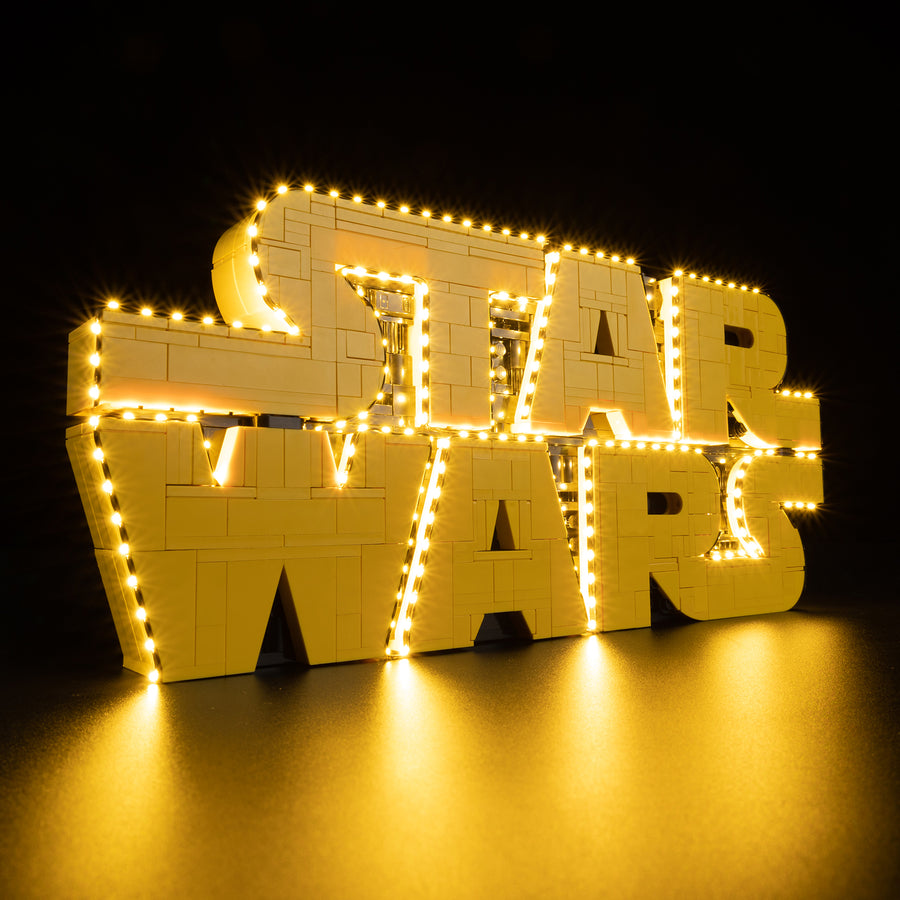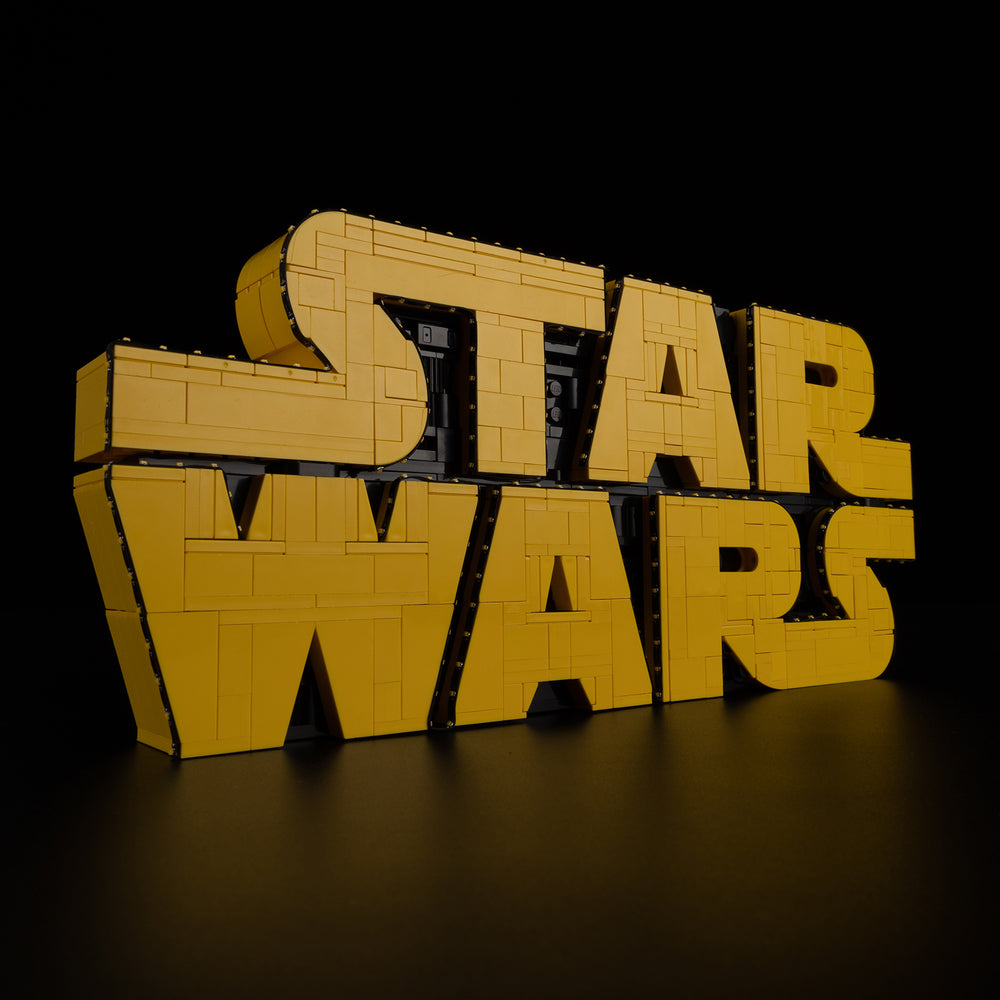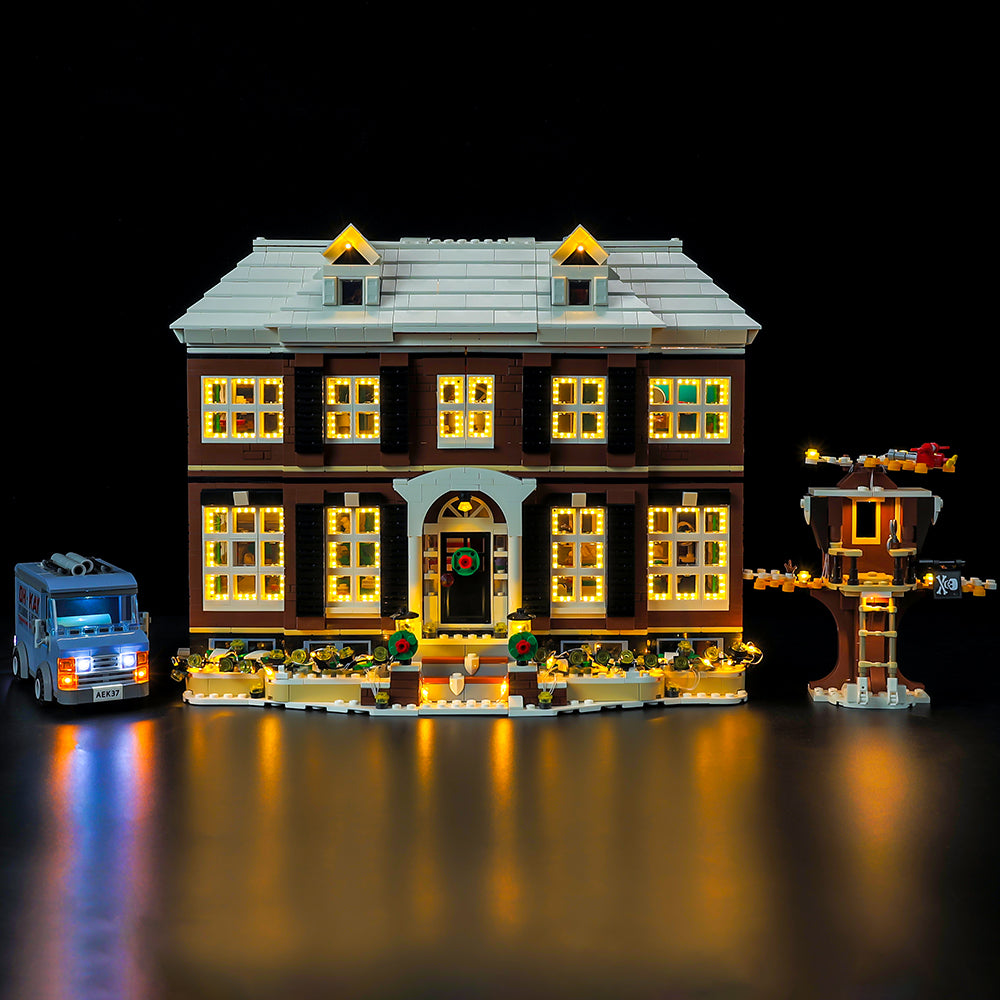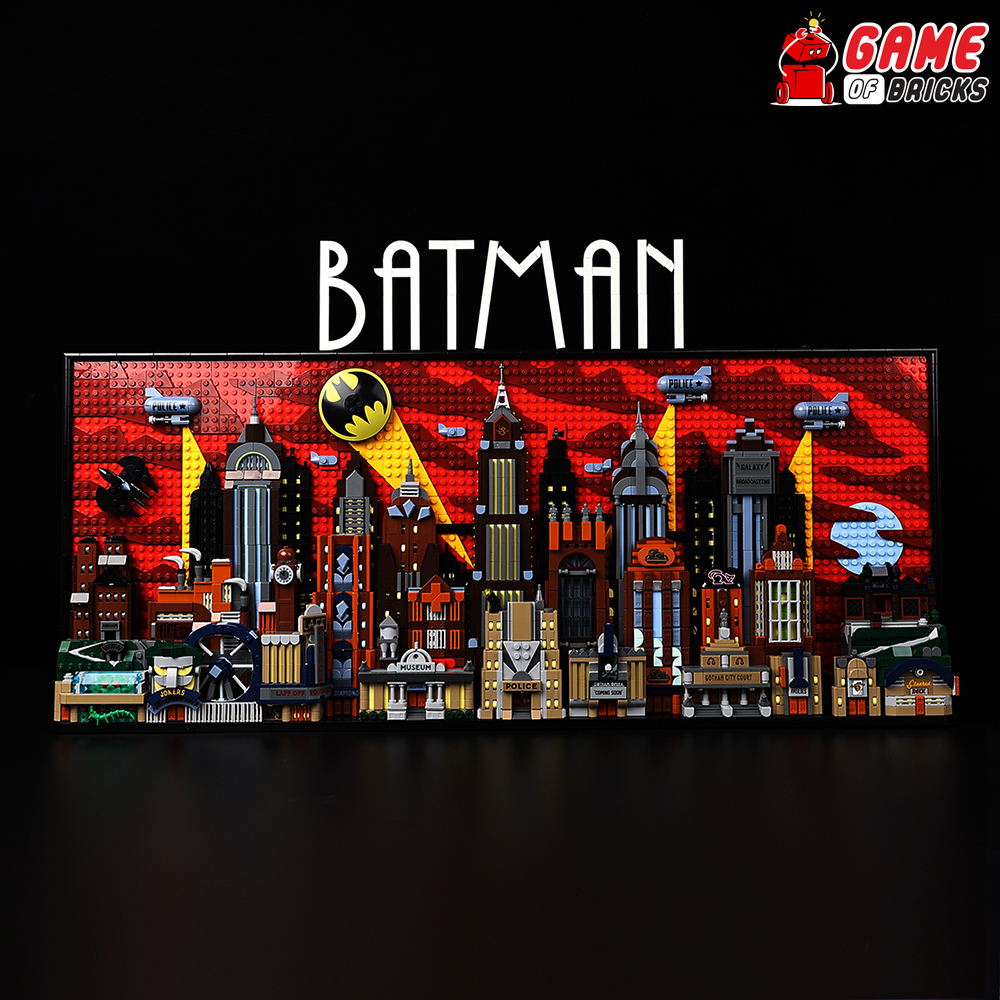Fun LEGO Animals You Can Create with Minimal Pieces
Got a box of random LEGO bricks sitting around? Perfect! Those colorful pieces are just waiting to become your next menagerie of LEGO animals. You don't need expensive themed sets or hundreds of specialized parts. Sometimes the best creations come from the simplest starts.
Building animals from basic bricks sparks something magical. Kids see a pile of plastic blocks transform into elephants, cats, or exotic birds. Parents rediscover their own creativity alongside their children. Even seasoned builders find joy in these quick, satisfying projects, which prove that imagination beats instruction manuals every time.

Who Loves Building These Creatures?
-
Busy parents looking for screen-free activities will find these perfect for rainy afternoons. No complex setup required – just grab whatever bricks you have and start building.
-
Children ages 4-10 naturally gravitate toward animal builds. They're familiar with dogs, cats, and zoo animals, making these projects feel accessible rather than intimidating.
-
Teachers use these builds for everything from science lessons about animal habitats to math exercises, counting legs, and sorting colors.
-
Beginning builders appreciate how forgiving animal construction can be. A wonky elephant still looks like an elephant. A purple horse might even be more interesting than a brown one.
-
Grandparents who want meaningful activities with grandchildren often discover that these build and create lasting memories and conversations about real animals.
Why Animal Builds Work So Well
Creating easy LEGO animals offers benefits that go far beyond simple entertainment.
Learning Happens Naturally
While building a giraffe, kids absorb facts about neck length, African habitats, and how giraffes eat leaves from tall trees. Geography comes alive when discussing where penguins live. Math sneaks in through counting legs, comparing sizes, and measuring proportions.
Problem-solving skills develop organically. How do you make a trunk that curves? What pieces work best for bird wings? Every build presents gentle challenges that boost confidence once solved.
Fine motor skills improve with each connection. Small fingers grow stronger and more precise through repetitive brick placement and manipulation.
Family bonds strengthen when everyone contributes ideas. Dad might suggest color combinations while Mom helps with tricky connections. Kids beam with pride, showing off their finished creations.
Creative confidence blossoms because there's no "wrong" way to build an animal. Each builder's version reflects their unique vision and available pieces.

Start With These Classic Animals
The Mighty Elephant
Every LEGO animal collection needs an elephant. Don't worry about tusks – plenty of real elephants live without them due to genetics or environmental factors. Focus on that distinctive bulk and trunk.
Gray bricks work best, but don't stress if you only have other colors. A red elephant might represent good luck in some cultures! Use your largest rectangular pieces for the body. Four sturdy legs can be simple columns of stacked bricks. The trunk? Try a curved arrangement of smaller pieces, or even a single angled brick for minimalist charm.
Swimming Fish
LEGO fish offer endless creative possibilities because ocean life comes in every color imaginable. Bright yellow triggers? Why not! Neon pink angelfish? Absolutely! Rainbow trout with actual rainbow stripes? Go for it!
Start with an oval body shape using whatever pieces create the right proportions. Add triangular tail fins and smaller side fins. Two dots or small round pieces make perfect eyes. The beauty of fish lies in their variety – no two need to look alike.
Tall Giraffe
Building a LEGO giraffe teaches proportion in a way that is both enjoyable and educational. The neck should be roughly as long as the body, sometimes longer.
Yellow and brown pieces create authentic patterns, but any contrasting colors work. Build the body first, then construct that famous neck. Don't make it too thin – it needs strength to support the head. Small spots or patches across the body complete the classic giraffe look.
King of Beasts - Lion
A LEGO lion commands attention in any collection. Male lions need magnificent manes, while females showcase sleek hunting builds.
Tan, yellow, or golden pieces form the base. For manes, try brown, reddish-brown, or even black pieces arranged around the head. The key lies in making the mane appear full and flowing. A long tail with a tuft at the end adds authentic detail.
Graceful Horse
Horses offer incredible building variety. Draft horses appear sturdy and powerful. Arabian horses look refined and elegant. Ponies charm with their smaller stature.
Any color works – horses naturally come in black, brown, white, gray, and combinations thereof. Focus on achieving that distinctive horse silhouette: strong legs, curved neck, flowing mane, and tail. Once you master the basic shape, try building different breeds or even fantasy unicorns.
Waddling Penguins
LEGO penguins practically build themselves with their simple black and white pattern. The classic tuxedo look is instantly recognizable.
Build several in different poses – standing tall, heads tilted, wings spread for balance. Orange or yellow beaks add a pop of color. Since penguins live in groups, a whole family creates more visual impact than a single bird.
Fluffy Sheep
Sheep builds teach texture representation through brick choice. White pieces dominate, but don't overlook black sheep or even colorful fantasy versions.
The rounded, fluffy body shape distinguishes sheep from other four-legged animals. Small, black, or gray pieces work well for faces and legs. Consider building a flock with varying sizes to represent ewes, rams, and lambs.
Expanding Your Menagerie
Household Companions (Amazon)
LEGO cats curl up, stretch out, or prowl with attitude. Their compact size makes them perfect for beginning builders. Orange tabbies, black cats, or calicos – each personality shines through different color choices.
Dogs range from tiny Chihuahuas to massive Great Danes. Floppy ears versus pointed ones. Long tails or stubby ones. Each breed offers unique building challenges and rewards.
Backyard Birds
Start with robins – their red breasts make them easily recognizable. Cardinals bring bright red excitement. Blue jays add striking color combinations.
For advanced builders, try birds of prey. Hawks and eagles need powerful beaks and spread wings. Owls present interesting challenges with their round faces and large eyes.
Farm Friends
Cows, pigs, chickens, and goats expand your agricultural collection. Each animal teaches different building techniques while creating opportunities for farm-themed play scenarios.
Chickens need pointed beaks and maybe colorful tail feathers. Pigs should look appropriately round and content. Cows benefit from black and white patches or solid brown coloring.

Modern LEGO Animal Sets Worth Exploring
Recent LEGO animal figures showcase impressive design evolution. These sets combine guided building with creative flexibility.
-
The Wild Animals: Pink Flamingo set transforms between three completely different creatures. The flamingo stands gracefully on long legs with a curved neck. Rebuild it into a colorful cockatoo with a rotating head, or create an axolotl with underwater plants. Each form offers unique play opportunities.
-
Exotic Parrot sets bring tropical vibes indoors. The detailed parrot perches on a branch, wings and tail movable for different poses. The same pieces rebuild into a swimming fish or a hopping frog. Nature lovers appreciate these detailed, realistic builds.
-
Playful Cat sets capture feline grace and attitude. The cat stretches, sits, or prowls depending on the configuration. Alternative builds include a loyal dog or city pigeon. Pet enthusiasts find these sets irresistible.
-
Tropical Toucan builds showcase that magnificent oversized beak. Bright colors and detailed features make these impressive display pieces.
-
Cute Bunny sets offer springtime charm. The rabbit transforms into a llama or seal, each with a distinct personality and posture.
Building Techniques That Make a Difference
Color choices matter less than you think. Real animals display amazing color variations. Horses come in dozens of shades. Birds span every color spectrum. Fish? Absolutely anything goes. Focus on recognizable shapes rather than perfect coloring.
Proportions tell the story. Elephants need big bodies. Giraffes require long necks. Birds should appear lightweight compared to land mammals. Get proportions right, and viewers instantly recognize your creation.
Stability prevents frustration. Build wide bases that won't tip over. Secure connections prevent pieces from falling off during play. A sturdy build lasts longer and provides more enjoyment.
Details create personality. Small touches make big impacts. Eyes bring life to any face. Carefully placed spots distinguish leopards from lions. Curved tails suggest movement and attitude.
Accessories enhance storytelling. Simple trees, rocks, or water features create habitats. A horse might need a barn. Fish require aquatic plants. These elements transform individual animals into complete scenes.
Advanced Habitat Creation
Don't stop at single animals – create entire ecosystems! African savannas showcase lions, elephants, giraffes, and zebras together. Arctic scenes feature penguins, polar bears, and seals. Tropical environments burst with colorful parrots, toucans, and exotic fish.
-
Safari Adventures brings African wildlife home. Combine various animals with acacia trees, rocky outcrops, and water holes. The LEGO Safari Wildlife theme inspires authentic-looking landscapes.
-
Ocean Depths challenge builders to create underwater worlds. Various fish species swim among coral reefs and sea plants. Sharks patrol deeper waters while tropical fish dart through shallow areas.
-
Farmyard Scenes mix domestic animals with barns, fences, and farm equipment. Horses graze in pastures while chickens peck around the yard. Sheep cluster near shelters.
-
Woodland Settings showcase forest creatures among trees and streams. Owls perch in branches while deer graze in clearings. Bears lumber through the undergrowth.

Lighting Your Creations
LEGO lighting components transform static displays into dynamic showcases. LED strips illuminate underwater scenes. Spotlights highlight magnificent lions or towering giraffes. Colored lights create mood and atmosphere.
Battery-powered LED strings weave through habitat displays. Waterproof lights work perfectly for aquarium scenes. Solar-powered options keep outdoor displays glowing.
Professional lighting kits designed for LEGO include connectors that integrate seamlessly with standard bricks. Remote controls allow color changes and effects without disturbing the display.
Organizing Your Animal Kingdom
Skill-based groupings help builders progress naturally:
-
Beginner Builds (5-15 pieces): Simple fish, basic birds, tiny turtles, mini rabbits
-
Intermediate Projects (15-40 pieces): Cats, dogs, penguins, sheep, various songbirds
-
Advanced Challenges (40+ pieces): Elephants, giraffes, lions, horses, birds of prey
Seasonal collections keep building fresh year-round:
-
Spring lambs and baby chicks
-
Summer butterflies and dragonflies
-
Autumn squirrels gathering nuts
-
Winter polar animals and penguins
Habitat-based organization encourages ecosystem thinking:
-
African safari animals
-
Arctic and Antarctic creatures
-
Tropical rainforest species
-
Domestic farm animals
-
Ocean and marine life
Troubleshooting Common Challenges
Wobbly legs plague many animal builds.
Create wider feet by using larger base pieces. Connect legs to the body at multiple points for better stability.
Droopy necks affect giraffes and horses.
Internal support structures help maintain elegant curves. Sometimes rebuilding with different piece orientations solves the problem.
Limited piece variety constrains some builders.
Focus on what you can build well rather than struggling with inadequate supplies. Sometimes constraints spark the most creative solutions.
Color mismatch frustration affects perfectionists.
Remember that artistic interpretation often surpasses literal representation. Your purple elephant might be the most memorable one anyone sees.
Your Animal Kingdom Awaits
Building LEGO animals with basic pieces demonstrates that creativity consistently outshines complexity. These projects reward builders with immediate satisfaction while teaching valuable skills through play.
Your collection grows organically. One elephant leads to a whole herd. A single fish becomes an entire aquarium. Simple birds evolve into elaborate aviaries. Each build improves your techniques while expanding your menagerie.
Remember that perfection isn't the goal – enjoyment is. Every builder brings unique perspectives and available pieces to their creations. Your animals will reflect your personality, preferences, and imagination.
Whether you're building solo or with family, quick projects or elaborate scenes, realistic creatures or fantasy beasts, the joy remains constant. Those colorful bricks transform into living creatures through your creativity and vision.
So gather your pieces, choose your first animal, and start building. Your LEGO animal kingdom is waiting to come to life, one brick at a time. The only limits are your imagination and the pieces within reach – and both expand with every build you complete.
FAQ
I don't have enough pieces in the right colors.
Mix and match! Multicolored animals can be more interesting than monochrome ones. Focus on shape recognition rather than realistic coloring.
My animals keep falling apart.
Check your connections. Each brick should attach firmly to at least one other piece. Overlap joints where possible for added strength.
The proportions look wrong.
Step back and compare to photos of real animals. Adjust piece by piece until the silhouette looks right. Sometimes, one small change fixes everything.
My kids want to build animals I've never seen.
Embrace the challenge! Research unfamiliar animals together. This combines learning with building in perfect harmony.
How do I store all these animal builds?
Designate display shelves for current favorites. Photograph others before disassembling. Create a photo album of all your animal creations.
Can very young children participate?
Absolutely! Toddlers can sort pieces by color, hand you specific bricks, or work on simple parts of larger builds. Always supervise for safety.
Top













Leave a comment